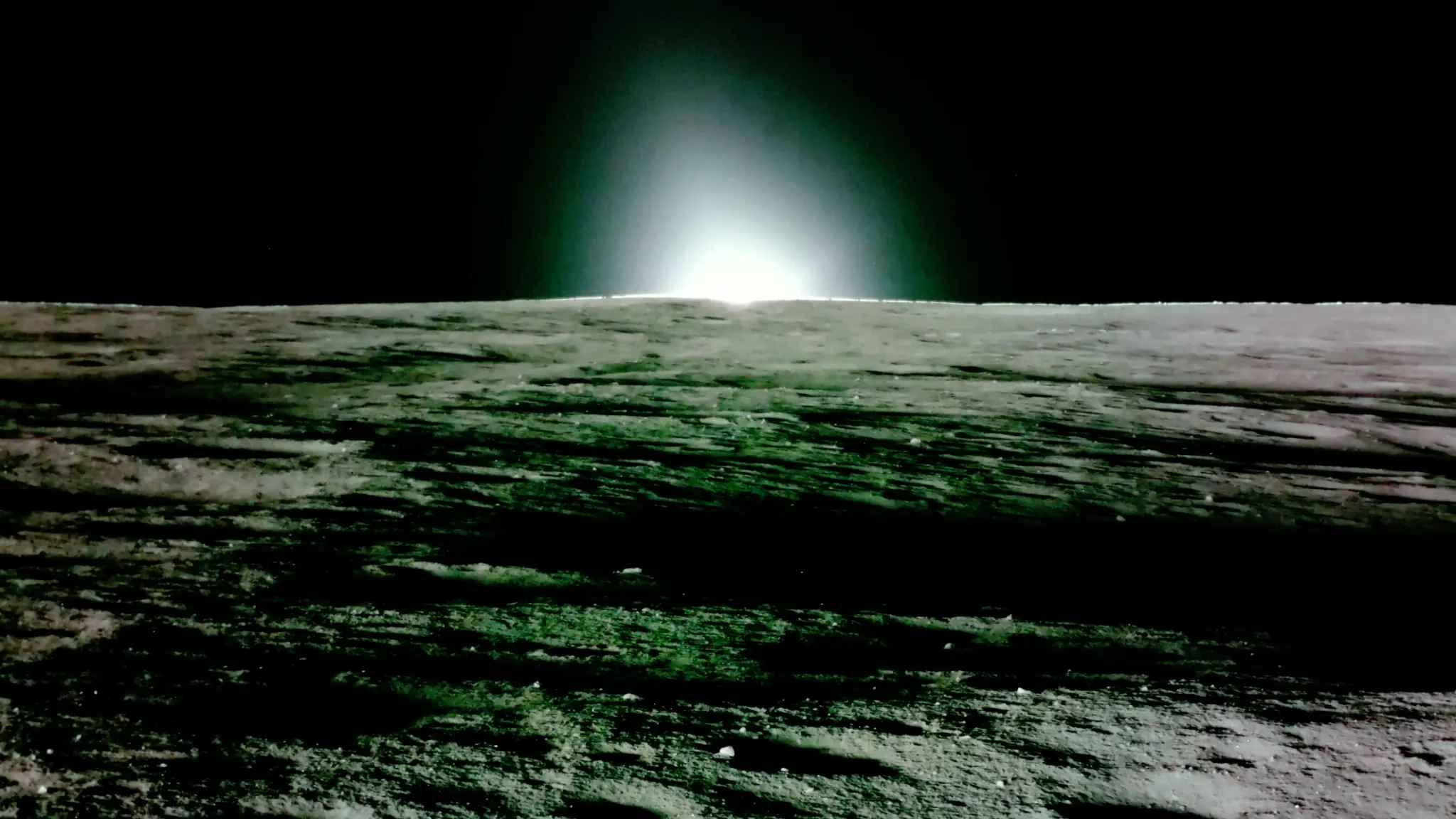NASA
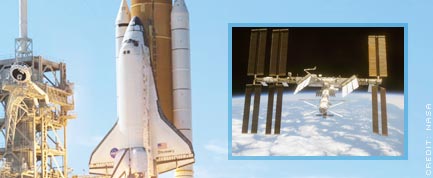
Find out everything there is to know about NASA and stay updated on the latest space and NASA news with the comprehensive articles, interactive features and NASA pictures at LiveScience.com. Learn more about space and astronauts as NASA's amazing discoveries are reported.
Latest about NASA
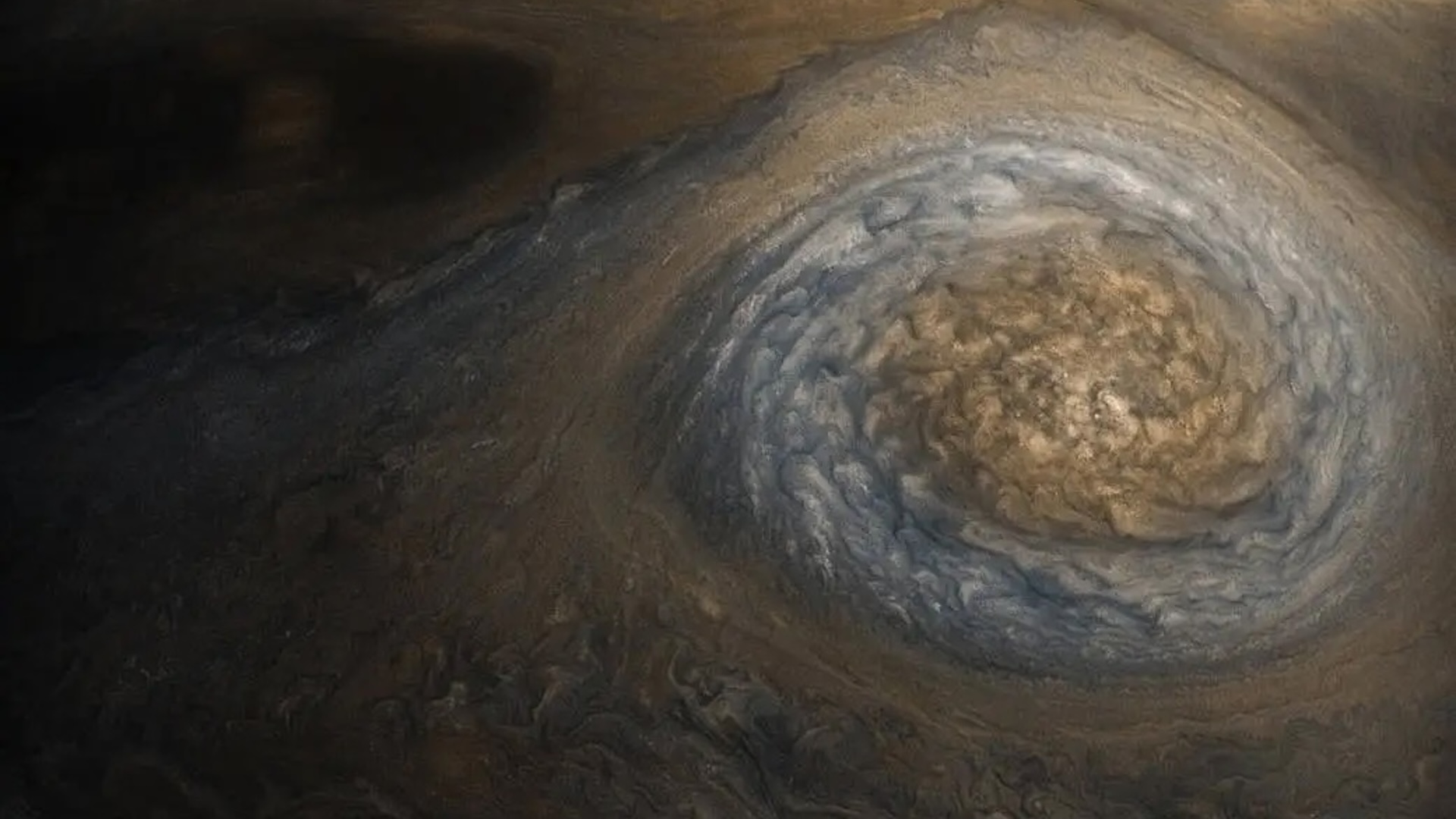
'I won't be surprised if this is happening throughout the universe': Mushball storms on Jupiter offer clues to atmospheres of distant planets
By Sharmila Kuthunur published
Large hailstones made of ammonia may explain why the gas is missing from large pockets of Jupiter's atmosphere.
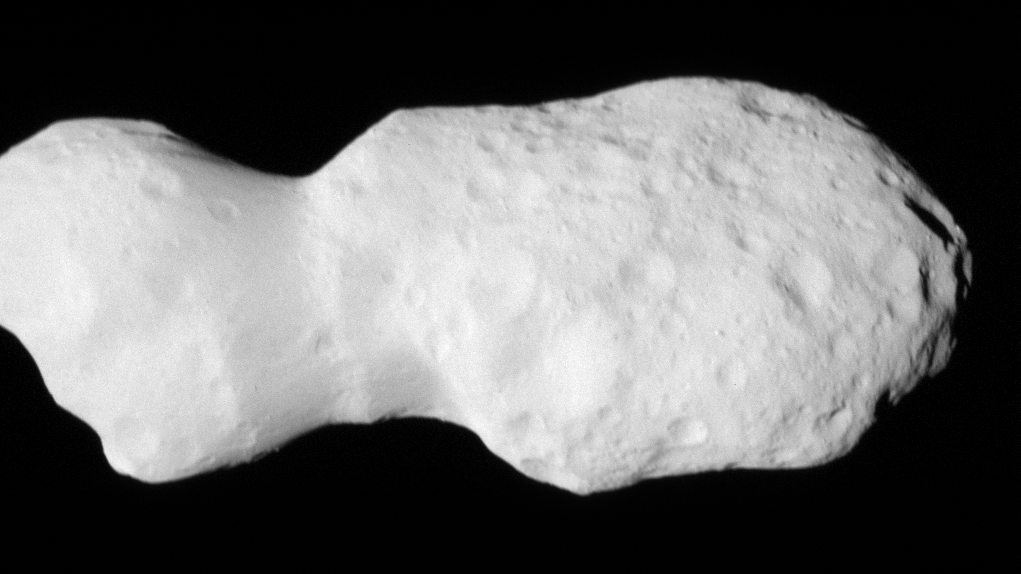
NASA's Lucy spacecraft snaps first close-ups of weird peanut-shaped asteroid
By Patrick Pester published
NASA has released the Lucy spacecraft's first close-up images of asteroid Donaldjohanson, revealing a peanut-shaped rock that could shed light on how planets formed in our solar system.
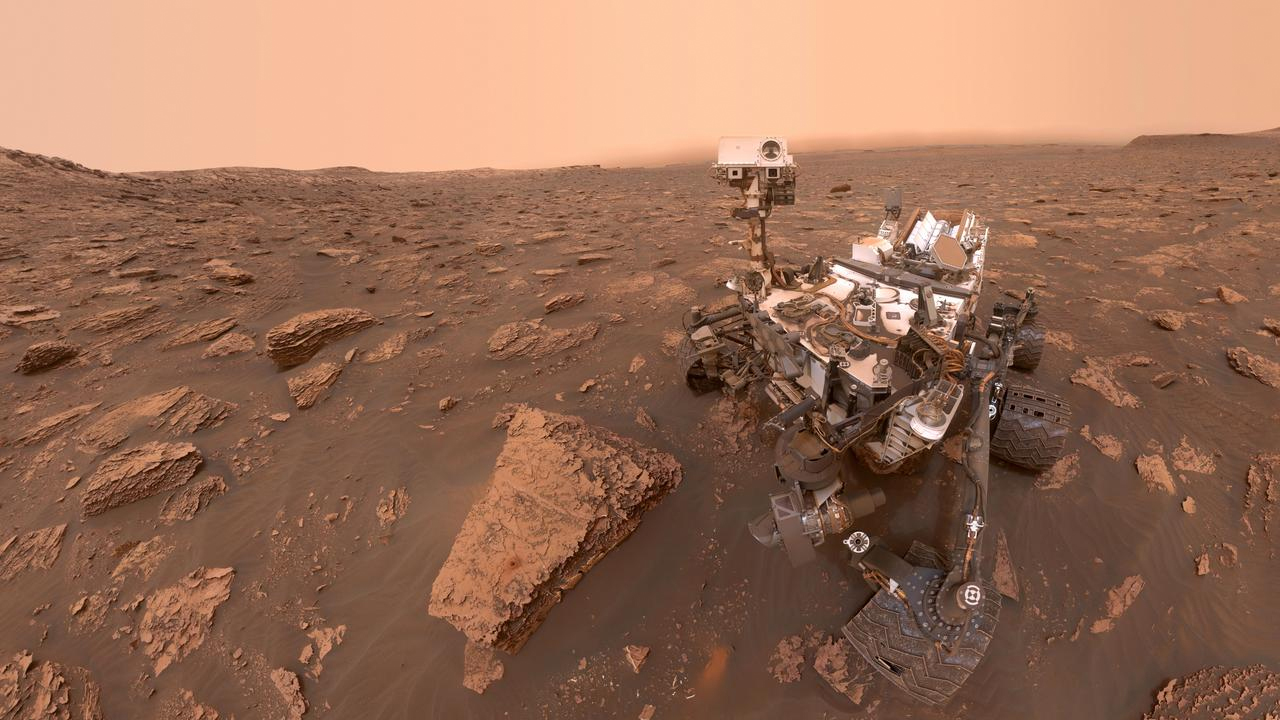
Curiosity rover finds largest carbon chains on Mars from 3.7 billion-year-old rock
By Jess Thomson, Ben Turner published
NASA's Curiosity Rover has discovered long carbon chains on Mars. On Earth, molecules like these are overwhelmingly produced by biological processes.
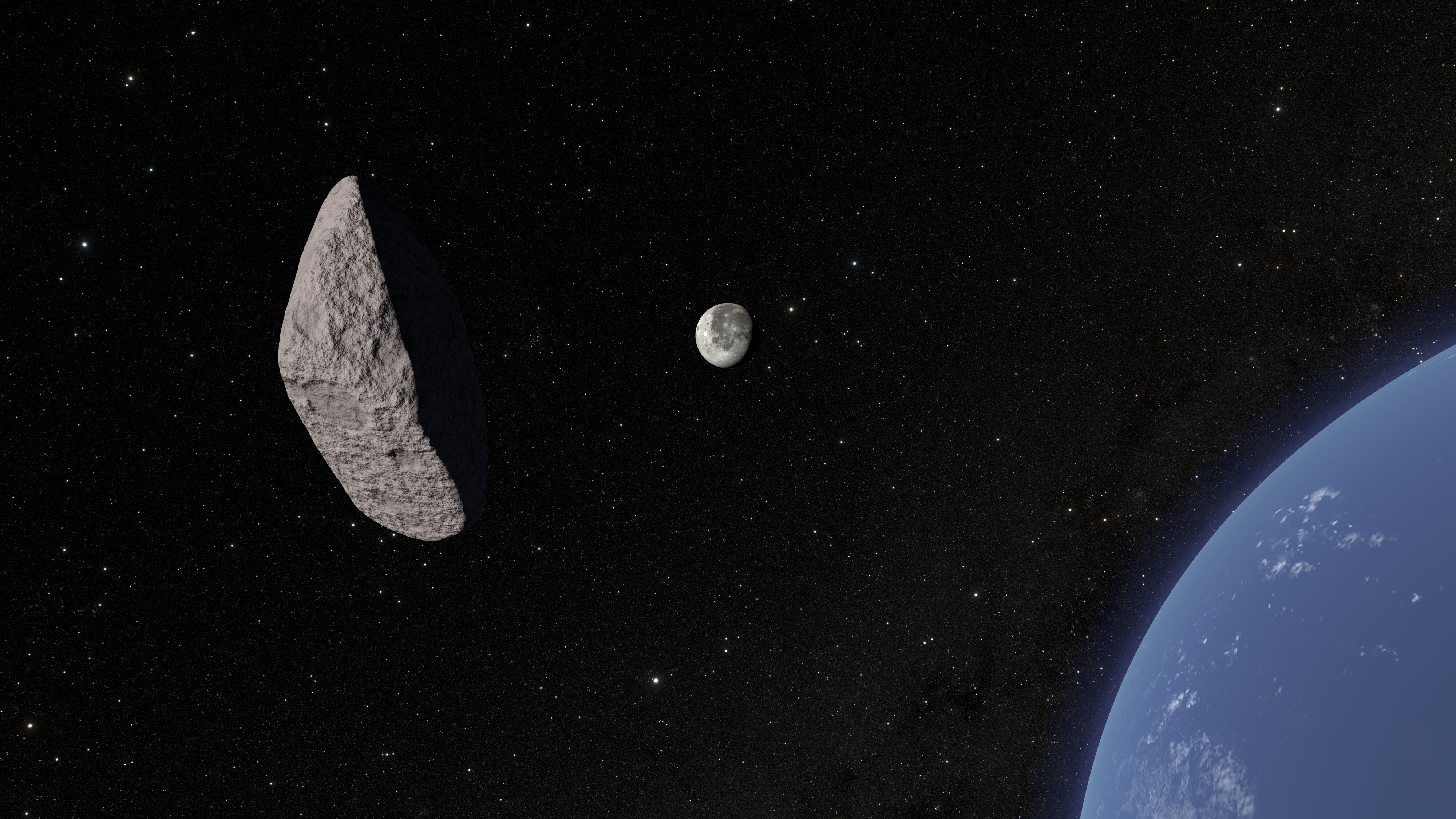
Asteroid 2024 YR4 surprises scientists with 'unusual' shape and could slaphsot the moon
By Patrick Pester published
The once-dubbed "city-killer" asteroid 2024 YR4 has surprised scientists with its 'unusual' shape as it rapidly rotates through space on a trajectory that could see it hit the moon.
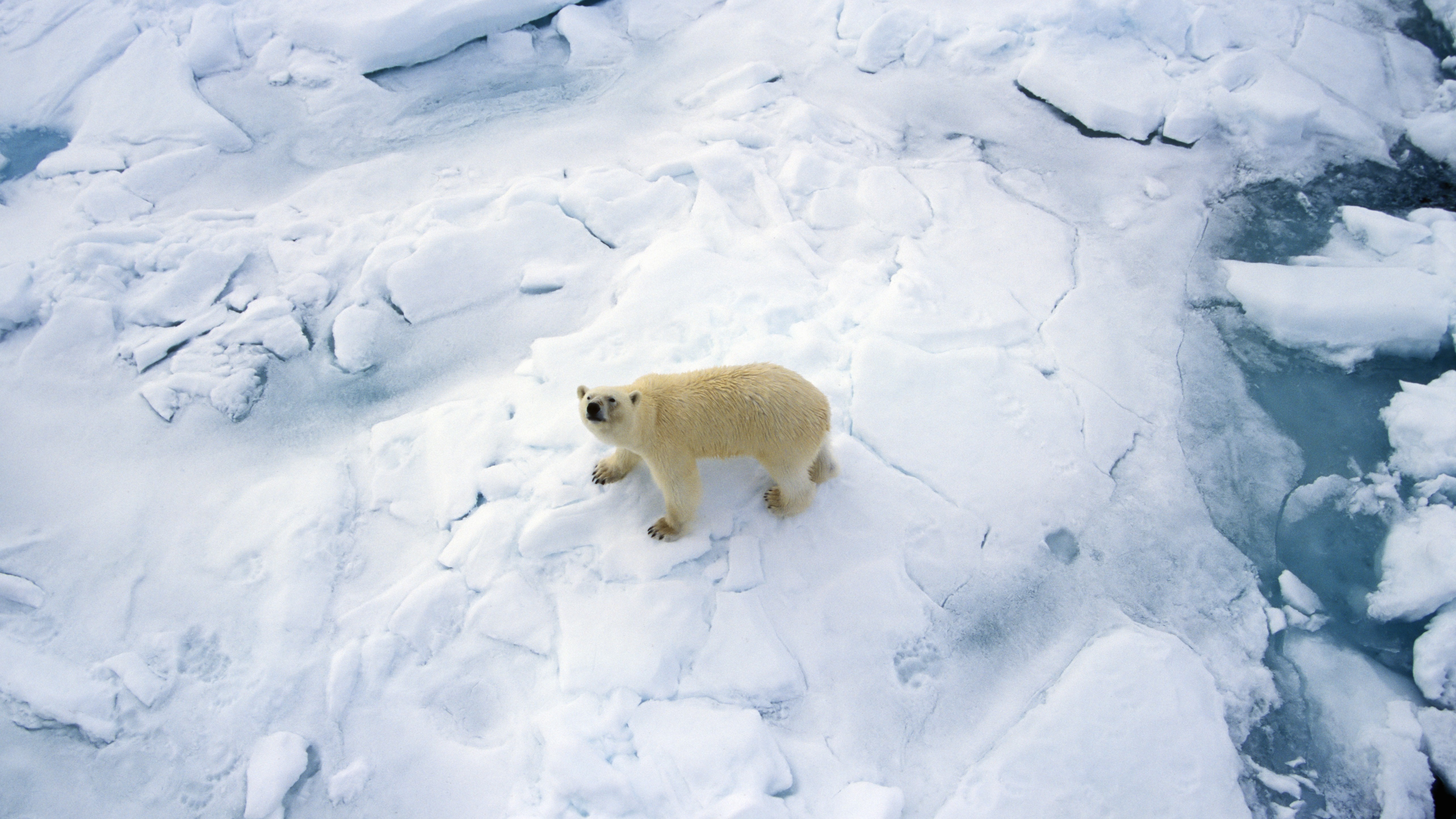
Winter sea ice cover lowest on record
By Patrick Pester published
The Copernicus Climate Change Service has revealed that March 2025 saw the lowest sea ice maximum extent in the 47-year history of the satellite record – the warmest March on record for Europe.
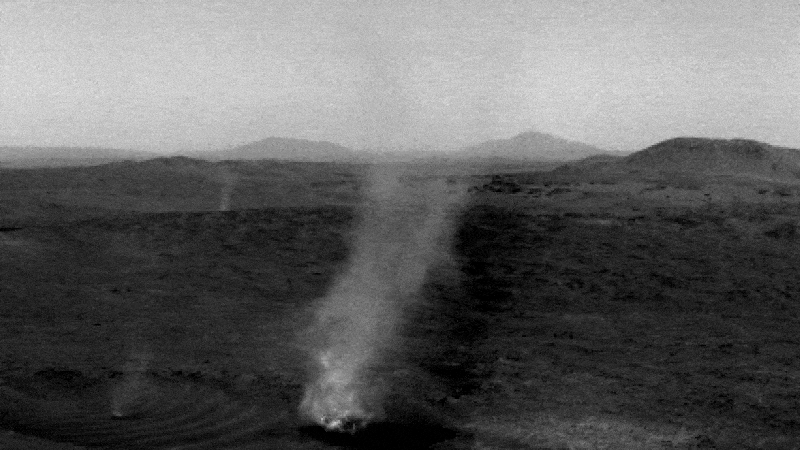
NASA rover watches 'fiendish' Martian 'dust devils' collide in rare case of extraterrestrial cannibalism
By Harry Baker published
Video footage captured by NASA's Perseverance rover shows a small "dust devil" merging with a much larger twister on the surface of Mars.
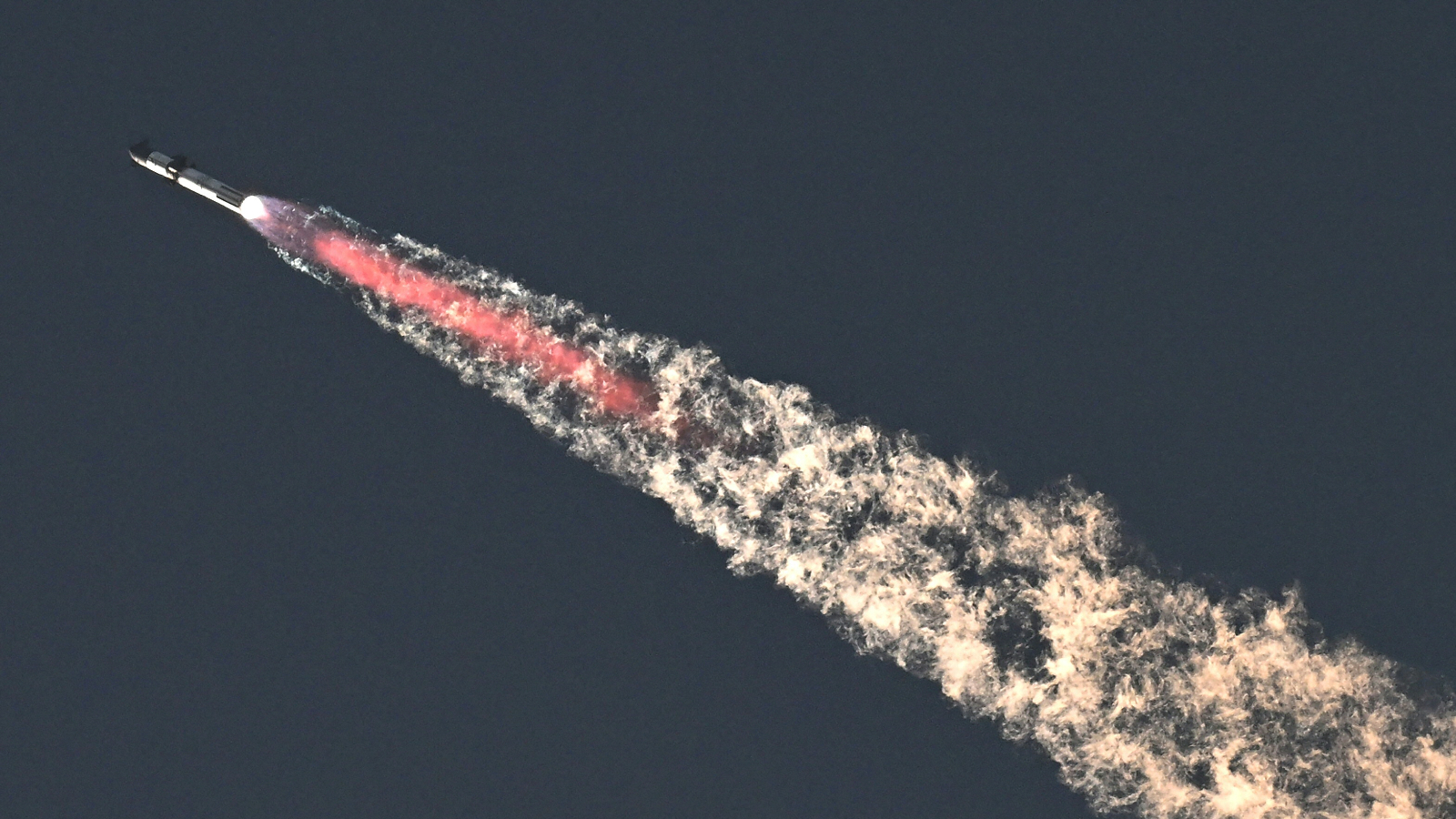
NASA signs new contract to use SpaceX's Starship — even though it keeps blowing up
By Harry Baker published
SpaceX's Starship has been awarded a NASA contract that will allow it to be considered for future missions. However, recent explosive tests have shown the supersized spacecraft is still far from mission-ready.
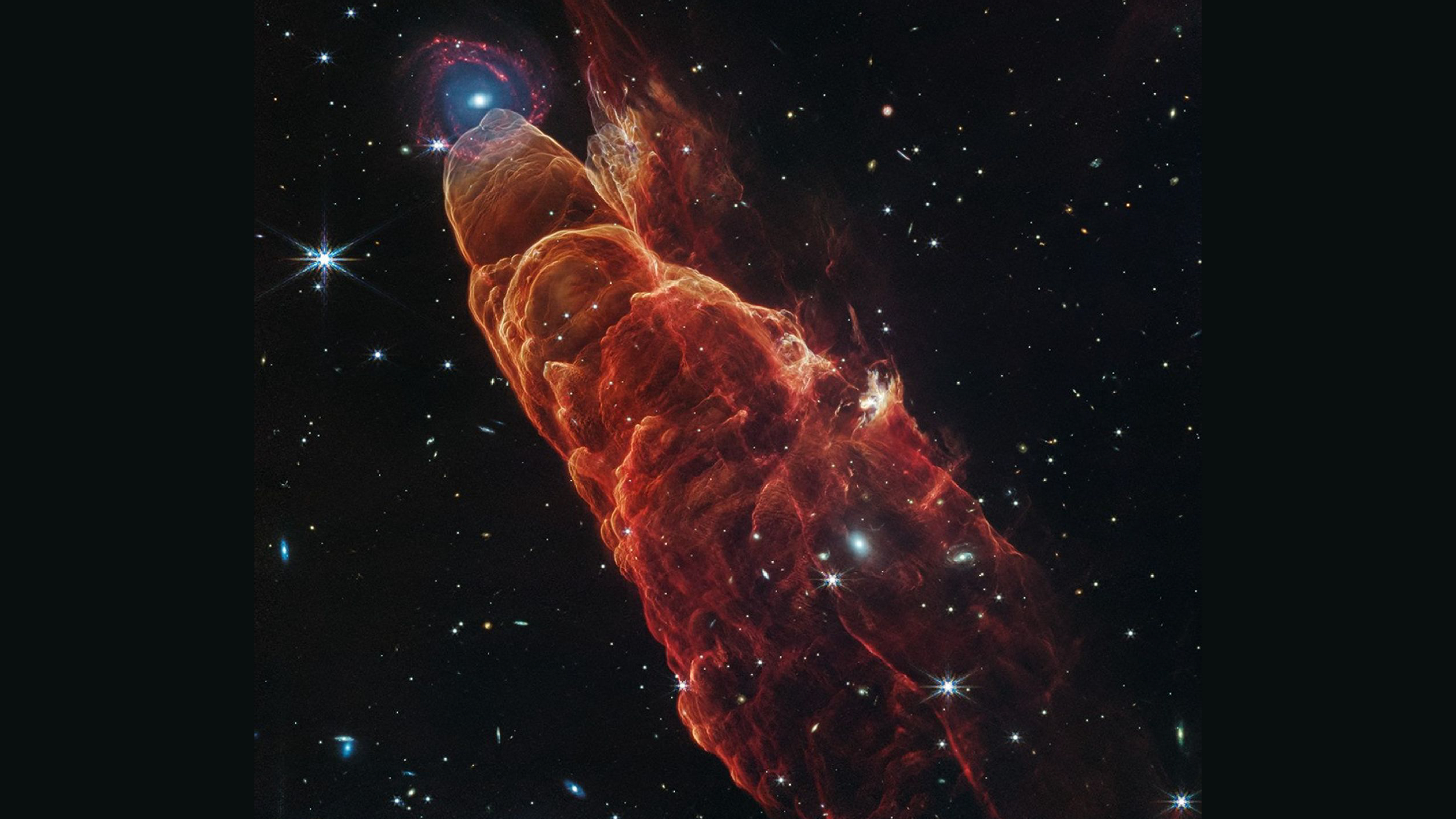
James Webb telescope reveals 'cosmic tornado' in best detail ever — and finds part of it is not what it seems
By Jess Thomson published
The spectacular image shows a "cosmic tornado" being burped out from a baby star.
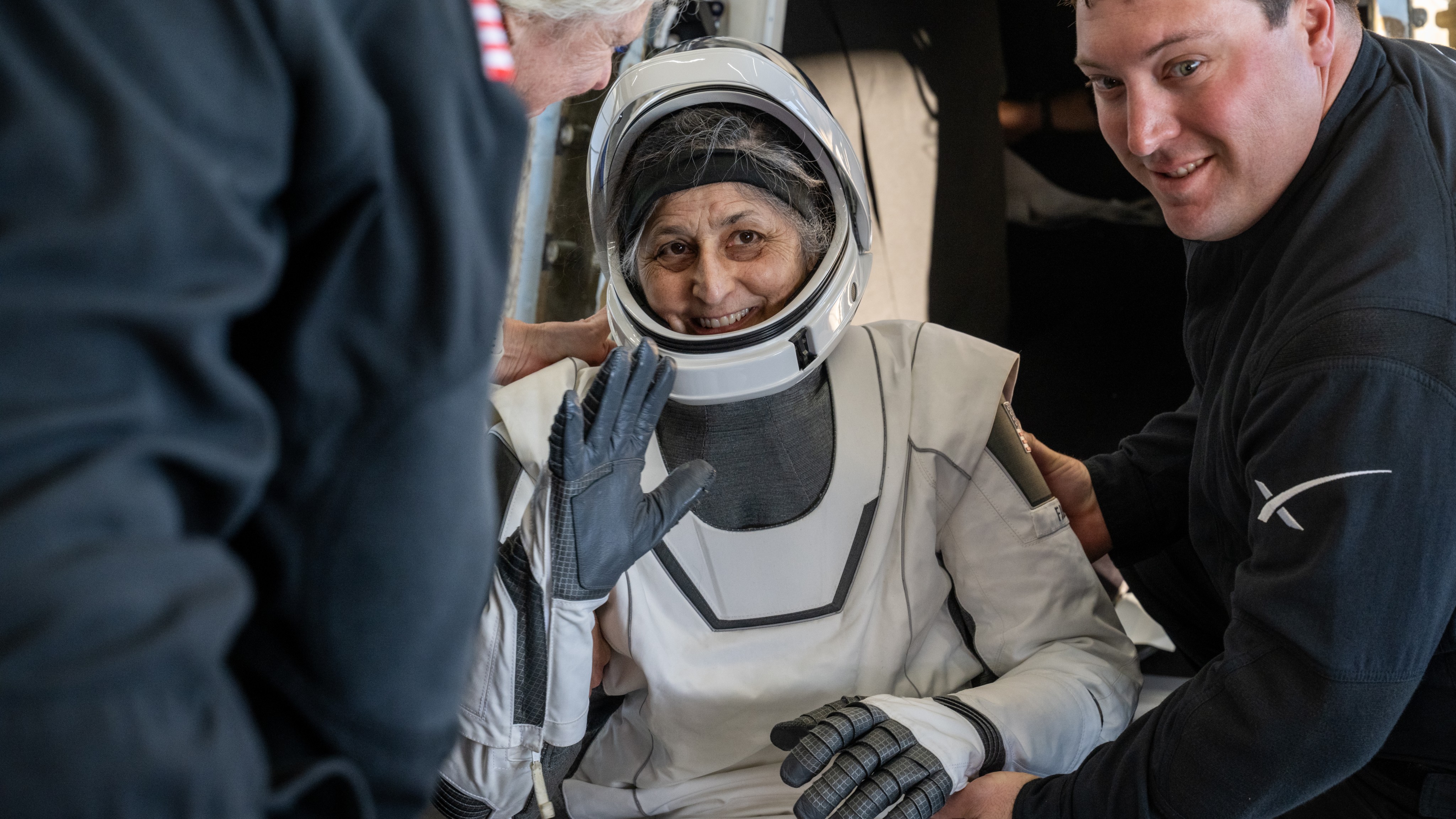
NASA astronauts Suni Williams and Butch Wilmore spent 286 days stuck in space — is that a new record?
By Brandon Specktor last updated
NASA astronauts Butch Wilmore and Sunita Williams spent 286 consecutive days aboard the International Space Station after their Boeing Starliner spacecraft returned to Earth empty. Is their extended spaceflight record-setting?
Sign up for the Live Science daily newsletter now
Get the world’s most fascinating discoveries delivered straight to your inbox.
